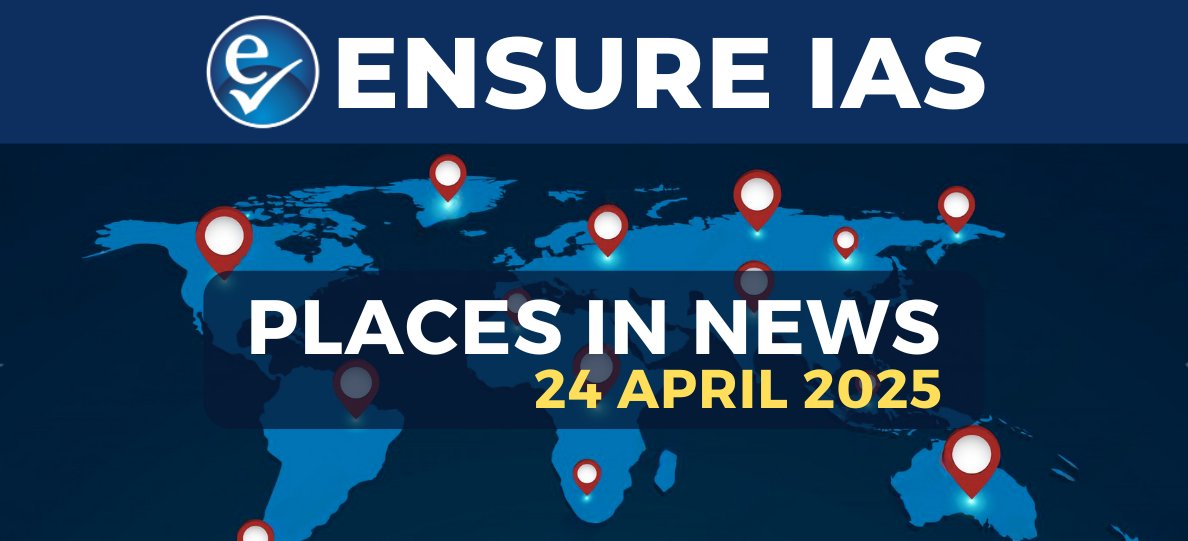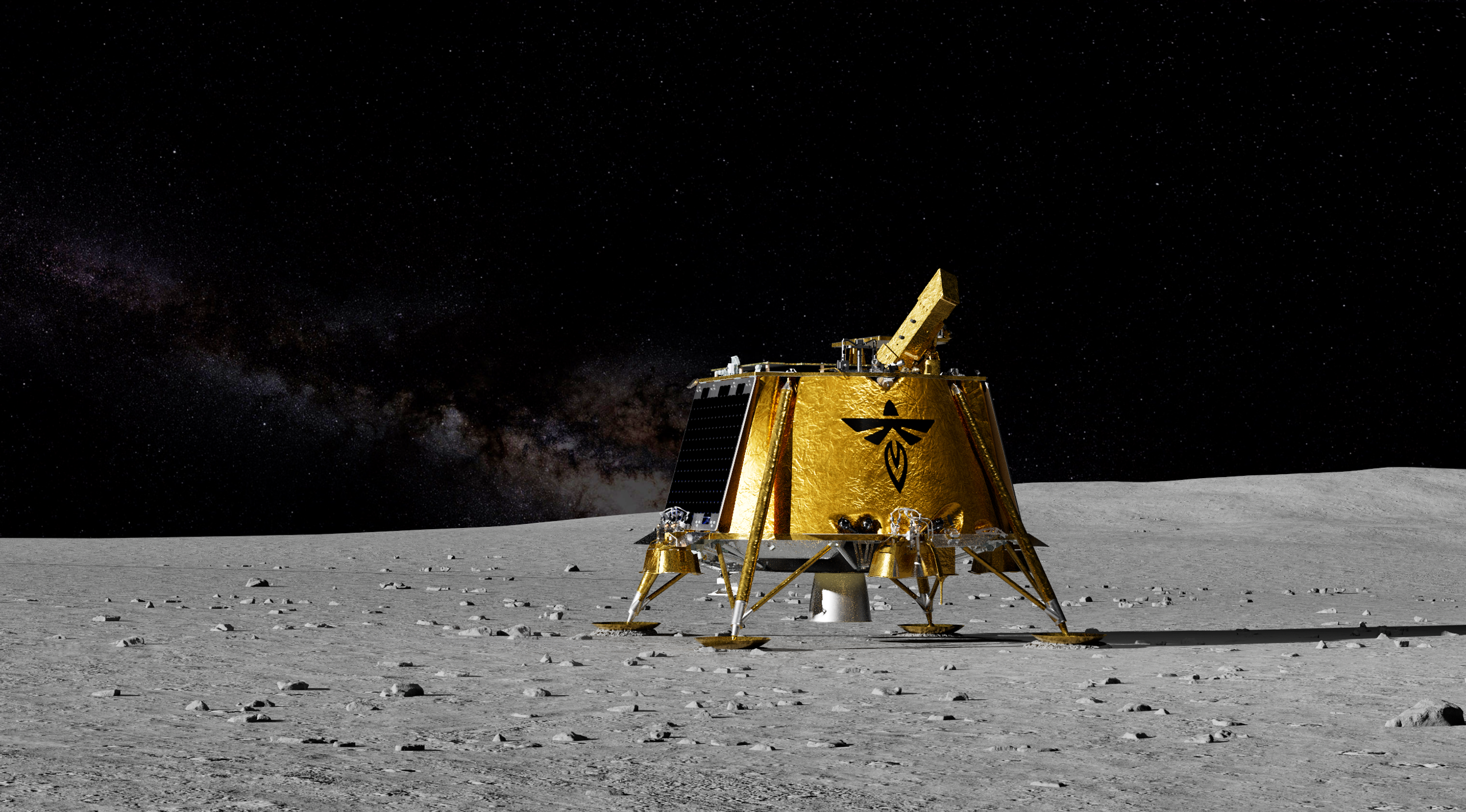- Courses
- GS Full Course 1 Year
- GS Full Course 2 Year
- GS Full Course 3 Year
- GS Full Course Till Selection
- CSAT
- 5 LAYERED ARJUNA Mentorship
- Public Administration Optional
- Online Program
- GS Recorded Course
- NCERT Batch
- Polity Module Course
- Geography Module Course
- Economy Module Course
- AMAC Module Course
- Modern India, Post Independence & World History Module Course
- Environment Module Course
- Governance Module Course
- Science & Tech. Module Course
- International Relations and Internal Security Module Course
- Disaster Management Module Course
- Ethics Module Course
- Essay Module Course
- Current Affairs Module Course
- ABOUT US
- OUR TOPPERS
- TEST SERIES
- FREE STUDY MATERIAL
- VIDEOS
- CONTACT US
Third Edition of India-Japan 2+2 dialogue
Third Edition of India-Japan 2+2 dialogue
In August 2024, India and Japan held their third 2+2 Foreign and Defence Ministerial Meeting in New Delhi.
What is 2+2 Ministerial Dialogue?
- It is a dialogue mechanism between the Defence and Foreign ministers of two nations.
- This format facilitates in-depth discussions on strategic, security, and defence issues, aiming to enhance bilateral relations and address mutual concerns, which can help in resolving conflicts and building stronger partnerships.
- Along with Japan, India has 2+2 Dialogue Mechanism with the US, the UK, Australia, Brazil and Russia.

Key outcomes of the 2+2 Ministerial Dialogue
- China’s Growing Assertiveness: Both the India-Japan and India-UK dialogues concentrated on China’s increasing military activities, including its aggressive postures in the South China Sea and near Japan’s territories.
- The discussions emphasized adhering to international law and opposing any unilateral attempts to change the status quo by force.
- Defense Technology and Capability Building: The dialogues included discussions on enhancing defense technology exchanges, joint exercises, and cooperation in building resilient supply chains, particularly in critical sectors like defense manufacturing and maritime security.
|
Progress made in multilateral exercises such as Veer Guardian (2023), Dharma Guardian (Military), JIMEX (naval), SHINYUU Maitri (air force) and Malabar (along with Australia and the US) were emphasised. |
- Regional Security and Strategic Autonomy: India and its partners emphasized the importance of strategic autonomy while deepening cooperation with other nations in the region.
- These dialogues align with India’s broader policy of maintaining balanced relations while protecting its national interests in a complex geopolitical environment.
Areas of Cooperation between India and Japan
- Indo-Pacific Region: Common responses through strategies like Japan’s Free and Open Indo-Pacific and India’s Indo-Pacific Oceans Initiative.
- Developmental cooperation: Asia-Africa Growth Corridor, Act East Forum, etc.
- Minilaterals: QUAD Security Dialogue, Supply Chain Resilience Initiative, etc.
How has the India-Japan Relationship Evolved?
The historical connection between Japan and India traces back to the 6th century with the introduction of Buddhism to Japan, which carried significant Indian cultural and philosophical influences.
Post-World War II Relations
In 1949, Indian Prime Minister Jawaharlal Nehru's donation of an elephant to Ueno Zoo (Tokyo) symbolized the beginning of a renewed relationship after World War II. The signing of the peace treaty and the establishment of diplomatic relations in 1952 marked one of Japan's first post-war treaties. Post-World War II, Japan's recovery was supported by Indian iron ore, and Japan began providing yen loans to India starting in 1958.
Strategic Partnerships
- The relationship was further solidified in the 2000s with the establishment of a "Global Partnership." Subsequent meetings between leaders, including the elevation to a "Special Strategic and Global Partnership" (SSGP) in 2014, highlighted the growing importance of their bilateral ties. In 2015, the "Japan and India Vision 2025" was announced, outlining a framework for cooperation.
- Key Pillars of SGSP
- Global Partnership for Peace and Security in the Region and the World.
- Civil Nuclear Energy, Non-proliferation and Export Control.
- Exploring Science, Inspiring Innovation, Developing Technology, Connecting People.
Key Areas of Cooperation
- Defence and Security Cooperation: The "Joint Declaration on Security Cooperation" issued in 2008 set the foundation for ongoing security dialogues, including the "2+2" meetings and the Acquisition and Cross-Servicing Agreement (ACSA) signed in 2020. ACSA was signed to facilitate the reciprocal provision of supplies and services between the defense forces of both nations.
- Economic Relations: Japan and India's economic ties have strengthened, with Japan being a significant investor in India. As of 2021, Japan was India's 13th largest trading partner and 5th largest investor. Key initiatives include the "India-Japan Industrial Competitiveness Partnership" and the "Clean Energy Partnership" aimed at promoting mutual investment and energy cooperation.
- Cultural Exchanges: The year 2017 was designated as the Year of Japan-India Friendly Exchanges. The "Japan-Southwest Asia Exchange Year" in 2022 further underscores Japan's commitment to strengthening ties with India and other Southwest Asian countries.
Recent Developments
- Sister-City Ties: During the 2019 G20 Osaka summit, Japan and India signed a Memorandum of Understanding (MoU) to formalize a sister-city relationship between Ahmedabad and Kobe. This agreement builds on the 2016 MoU, which established a sister-state relationship between Gujarat and Hyogo Prefecture. The sister-city concept developed post-World War II is designed to promote peaceful relations, trade, tourism, and cultural exchange between cities across different countries.
- Increased Investment: Japan has significantly increased its investments in India, pledging 5 trillion yen (approximately USD 42 billion) in 2023 to be invested over the next five years.
- Development Assistance: India has been the largest recipient of Japanese Official Development Assistance (ODA), with notable projects including the Delhi Metro and the High-Speed Railway initiative using Japan's Shinkansen system. In FY 2022, Japanese assistance included 567.5 billion yen in loans, alongside grants and technical cooperation.
Conclusion:
The 2+2 dialogue format is increasingly becoming India’s preferred mechanism for strategic engagement with key global partners. It facilitates focused and coordinated decision-making on defense and foreign policy, ensuring that partnerships evolve in line with shared geopolitical interests and regional security objectives. The India-Japan and India-UK dialogues are vital elements in shaping a stable and rules-based Indo-Pacific and broader global order, reflecting India’s growing role as a strategic player on the world stage.
Must Check: Best IAS Coaching In Delhi
UPSC Prelims Result 2024 Out: Expected Cut Off & Other Details, UPSC Prelims 2024 Answer with Explanation, Daily Prelims Quiz, Daily Current Affairs, MONTHLY CURRENT AFFAIRS TOTAL (CAT) MAGAZINE, Best IAS Coaching Institute in Karol Bagh, Best IAS Coaching Institute in Delhi, Daily Mains Question Answer Practice, ENSURE IAS UPSC Toppers, UPSC Toppers Marksheet, Previous Year Interview Questions, UPSC Syllabus




